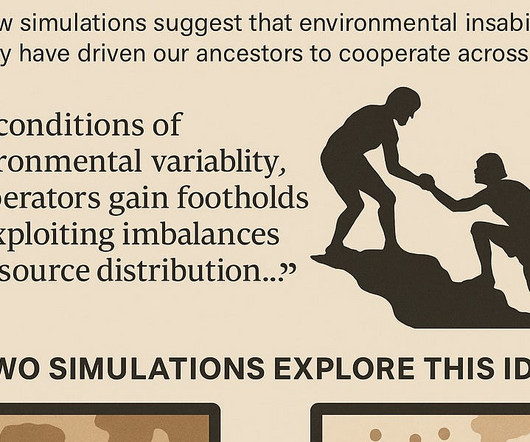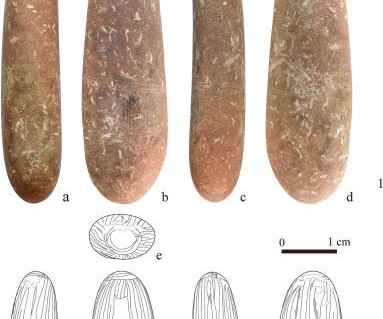Climate, Chaos, and Cooperation: How Shifting Environments May Have Forged Early Human Solidarity
Anthropology.net
APRIL 19, 2025
In the vast timeline of human evolution, one question has nagged at researchers more than most: how did cooperation, a risky and often costly behavior, come to define Homo sapiens ? A recent study out of the University of Tsukuba offers an unexpected answer. It wasn't stability, safety, or predictability that shaped our social instincts—it was the opposite.










Let's personalize your content